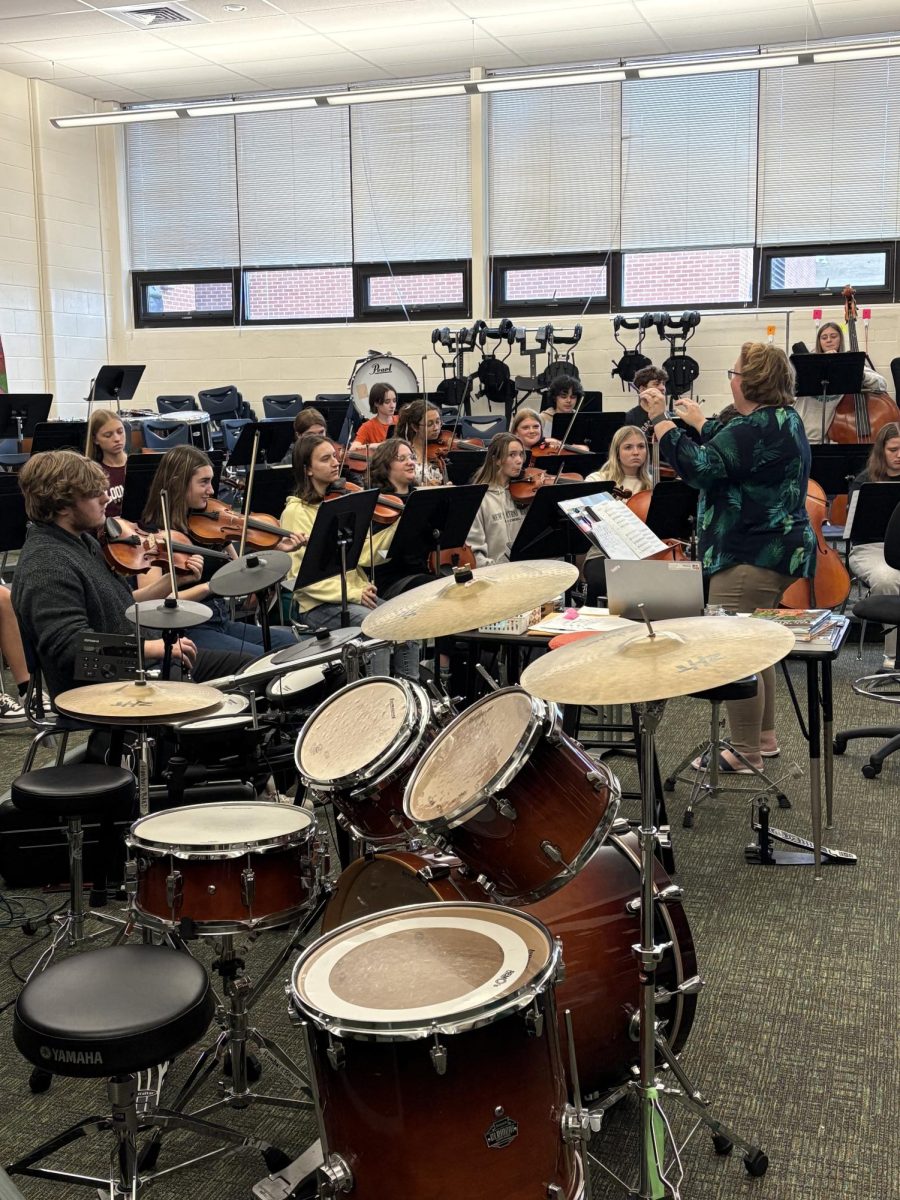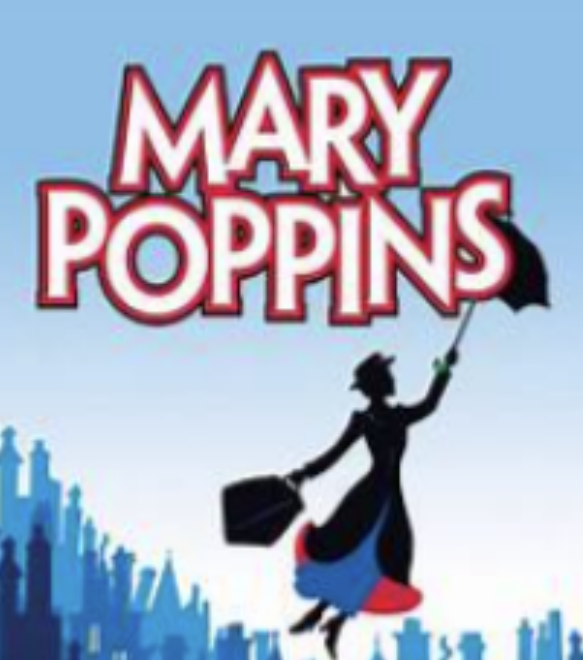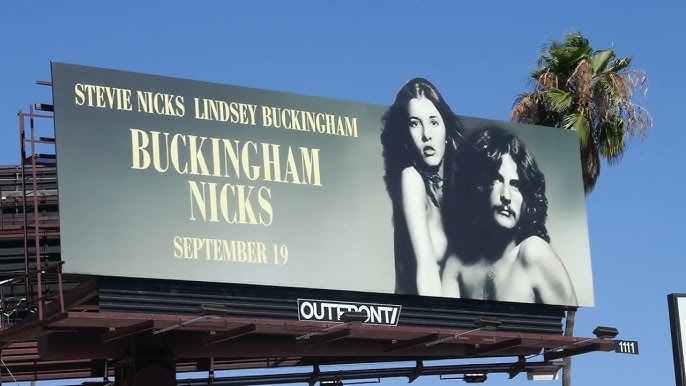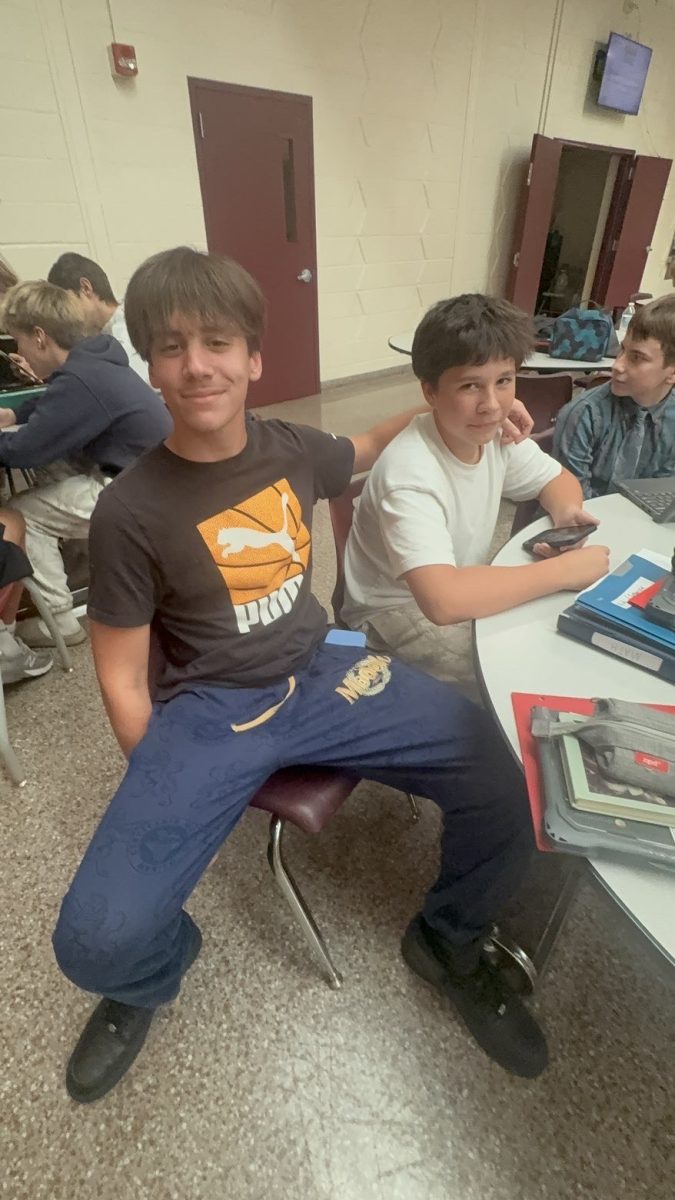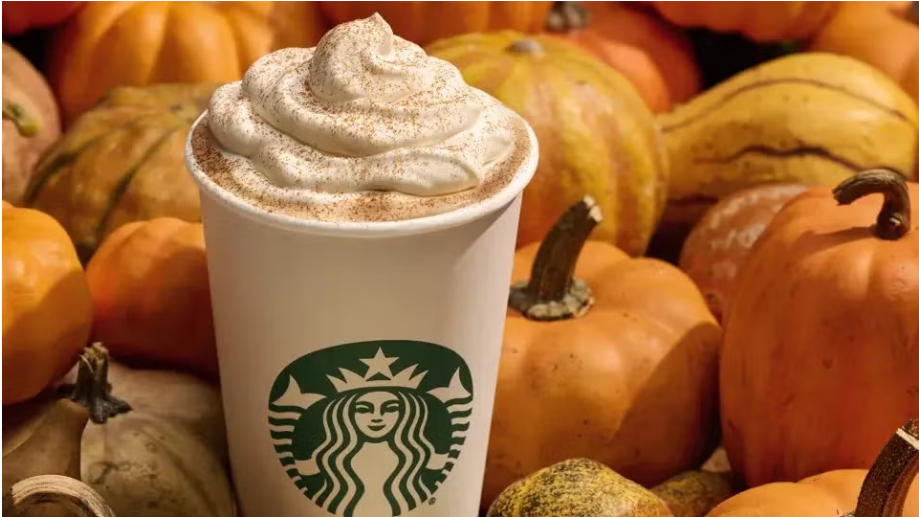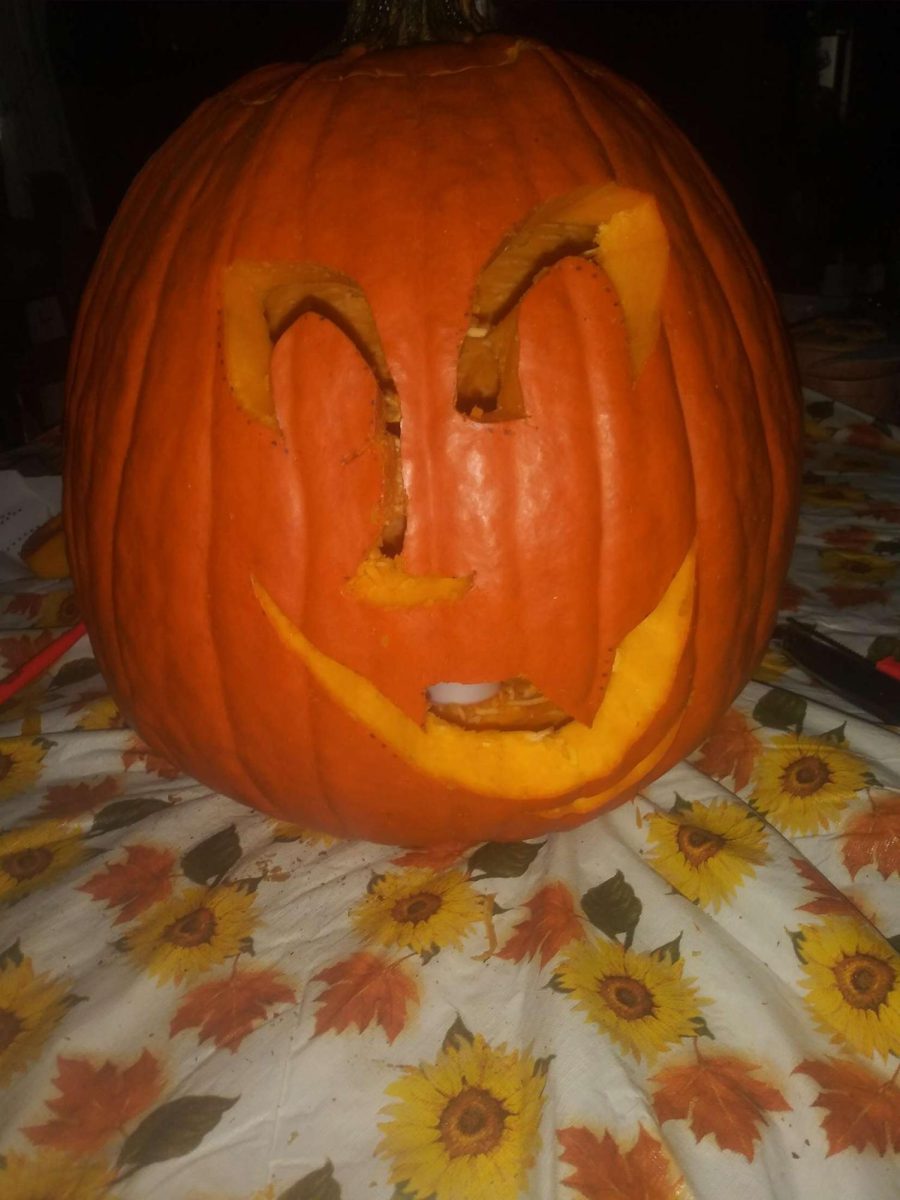Pumpkin carving! It is a fun activity for friends and family that helps to bring the Halloween and fall mood. Many people carve pumpkins as a tradition that brings families together. Madison Reding, a junior, speaks on her pumpkin carving traditions. “I get the biggest pumpkin to carve because my birthday is on Halloween, and it brings my family together to have nice family time.”
Carving pumpkins is a great way to get into the Halloween spirit. Hannah Kristiniak, a junior, reflects on why carving pumpkins is important to her, stating, “it’s fun, but also gets me in the mood for the Halloween season. It’s sweet and nostalgic and reminds me of my childhood.”
Many people have traditions of pumpkin carving, but what are the origins of the fun pastime? According to the Carnegie Museum of Natural History, pumpkin carving originated in the 1600’s in the marshes of rural Ireland. There were two legends forming at the time which became intertwined overtime. The first was the legend of Stingy Jack, a shadowy figure who tricked the Devil many times, until the Devil caught on to his tricks and forced Jack to roam the Earth for all eternity with nothing but an ember to light his way. The second legend was known as ignis fatuus or false fire, which is a real scientific occurrence, known as marsh gas. It occurs during the spontaneous ignition of methane created by decaying plant matter in marshes or swampy areas. People who spotted the lights from the gas would think it was Stingy Jack’s ember.
The people living in rural Ireland also celebrated the Gaelic tradition of Samhain, in which one travels from house to house in search of food and drinks, which is where trick or treating originated from. Since it was naturally dark, people would carve turnips, potatoes, and other root vegetables and add coals or candles to them to create lanterns that would light the way for celebrations. Many of the makeshift lanterns had faces carved into them. The combination of the Stingy Jack and false fire legends with the root vegetable lanterns is what gave jack-o-lanterns their name.
During the Great Potato Famine, many Irish immigrants brought their Halloween traditions with them to America. However, here they found that they could use winter squash, including pumpkins, for their lanterns, as they were larger and easier to carve. Thus pumpkins replaced the root vegetables, and traditional pumpkin carving began.
For more information visit https://carnegiemnh.org/the-jack-o-lanterns-origins/.




